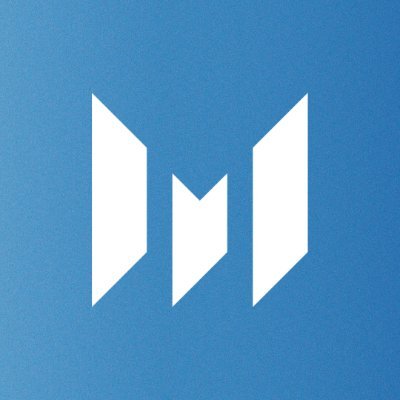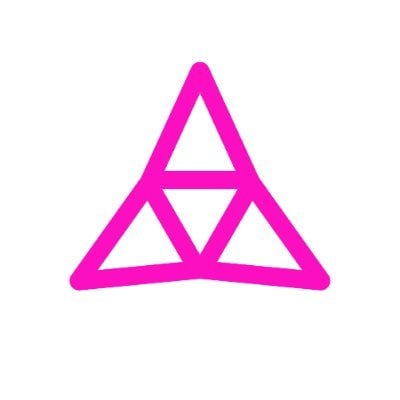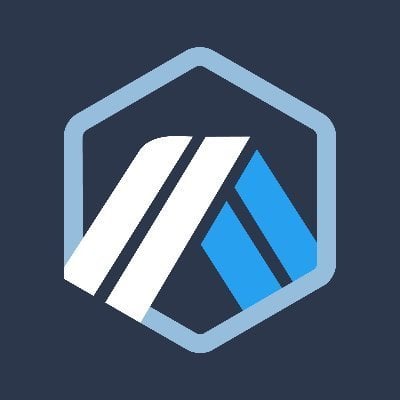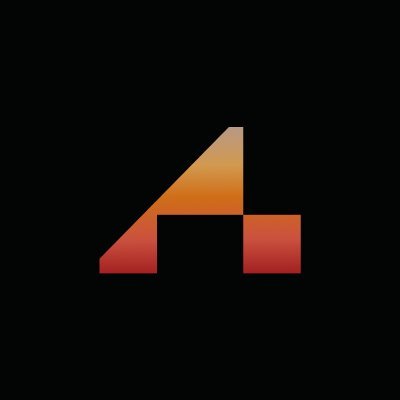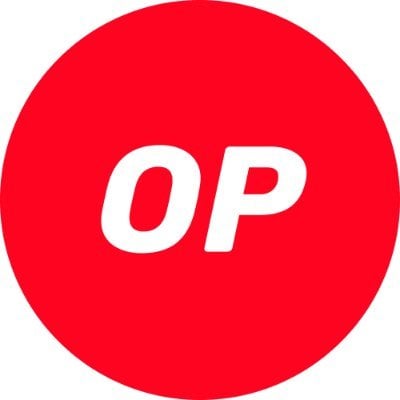Messari Illustrates Modular Blockchains: Ecosystems and Functional Layers
Author: Stephanie Dunbar, Messari Analyst
Compiled by: Luffy, Foresight News
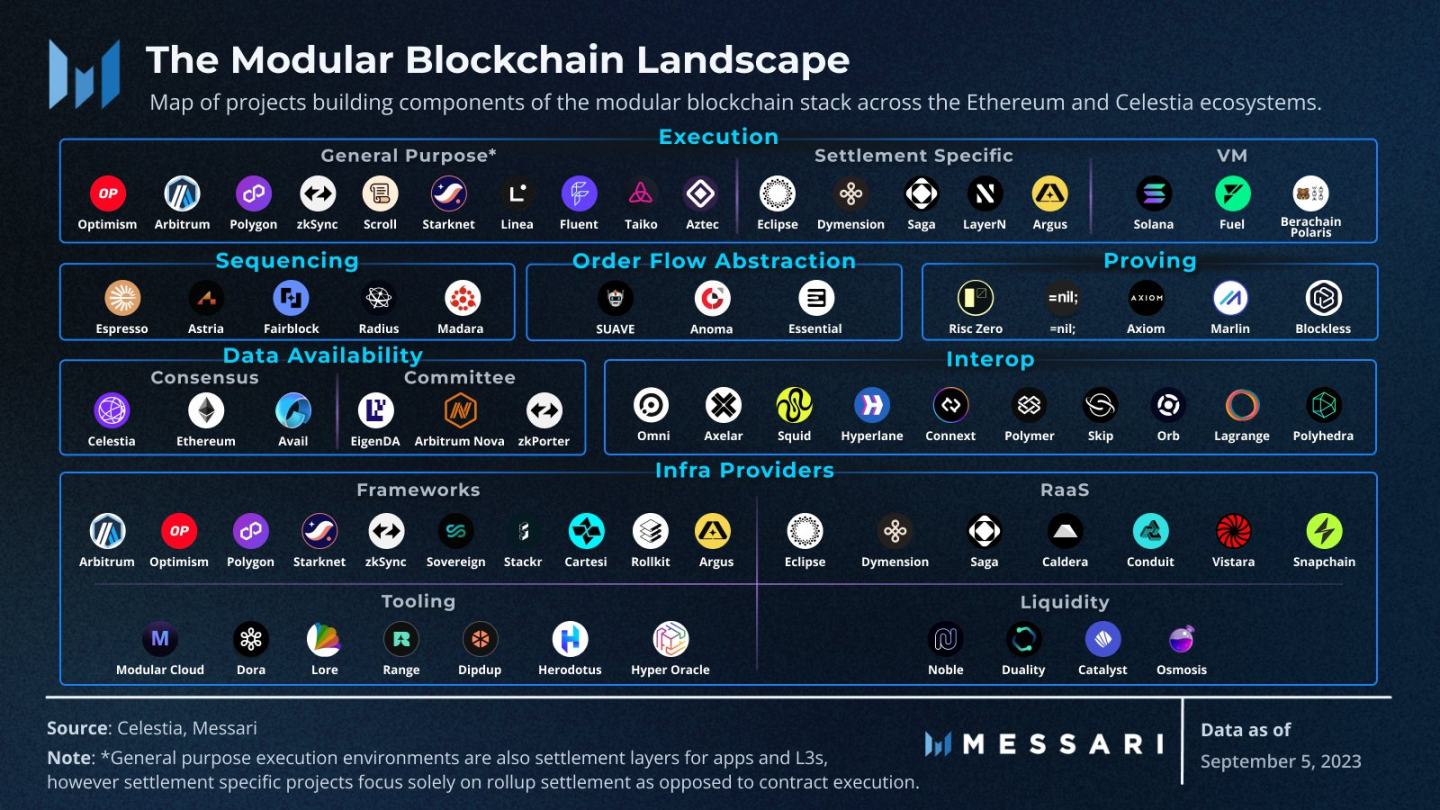
To address the limitations of traditional monolithic architectures, including slow innovation, scalability constraints, and a lack of development flexibility at the application layer, modular blockchains have emerged, which break the blockchain into different, interchangeable components.

Splitting components allows for customized optimization at every layer of the blockchain technology stack, with specialized providers emerging in each functional component area.
The most prominent modular systems currently include the Ethereum ecosystem and the upcoming Celestia.
Rollups are the most secure form of modular blockchains.
Rollups thrive, ranging from general execution environments (e.g., OP Mainnet and zkSync Era) to specific rollups that host single applications.

Most Ethereum-centric rollups are general-purpose L2s, while an important narrative in the Celestia ecosystem is application specificity.
Rollups can be stacked to scale according to demand and customize application-specific use cases while becoming part of a composable rollup bridging ecosystem.

Developers can join ecosystems they resonate with or choose the execution environment, ordering scheme, validation system, consensus, and DA layer that best suit their needs, even mixing and matching across different ecosystems.
The success of any rollup ecosystem or application will depend on the competitive advantages brought by their chosen configurations.
Execution Layer
This layer is where new transactions are processed. It takes the current state of the blockchain, applies these new transactions, and computes the resulting state. The function that controls the rules for state changes is called the state transition function (STF).

Most projects built on the execution layer are Ethereum-centric general rollups, such as Scroll, Taiko, and Linea.
Their goal is to maintain compatibility with the EVM, providing users with a familiar crypto experience and developers with reusable tools.
alt-VMs (alternative virtual machines) are optimized for specific use cases, such as the Fuel Network for parallel transaction processing and the Aztec Network for privacy applications.
Arbitrum and Fluent will introduce smart contracts using traditional programming languages with Wasm, while Cartesi allows rollups to run on Linux.
Settlement Layer
The settlement layer is an optional layer in the modular stack. A shared settlement layer is used for the validation and dispute resolution of various rollups and can serve as a liquidity hub to bridge gaps between different rollups.

Ordering
Transactions are submitted by users to the network, and the orderer accepts these transactions, determines their order (in most cases), and publishes the transaction data to the components of the consensus layer and DA layer.

Currently, all major rollups use centralized orderers. Decentralizing the orderer will enhance activity and censorship resistance. A shared orderer network among multiple rollups, such as Espresso and Astria, provides near-atomic composability advantages.

Validation Layer
This layer ensures the correctness of execution and state transitions. Currently, there are two main systems in development:
- Optimistic: Fraud proofs to guard against fraudulent activities
- ZK: Validity proofs to cryptographically confirm the correctness of all transactions

Arbitrum and Optimism are leaders in optimistic rollups, proving market validity through outsourced proofs from @RiscZero and @nil_foundation. Like shared ordering, outsourced proofs can provide interoperability advantages, such as aggregated proofs for cross-chain bridges.

Consensus and DA (Data Availability)
In the consensus layer, nodes reach consensus on the final order of transactions, providing a unified view of the rollup history.
The DA layer further ensures that all necessary data is available to reconstruct the rollup state. The DA layer acts as an immutable bulletin board where transaction data and proofs are published. Without DA, rollups cannot guarantee liveness. Utilizing the transaction data provided by the DA layer, anyone can continue computing the next block from where the previous person left off.

The DA layer is also the ultimate determinant of rollup throughput.
Ethereum is developing dedicated fee markets and "blob" space for rollups, while projects like Celestia and Avail focus on lightweight performance with dedicated DA layers.

DACs like EigenDA that separate consensus and DA can provide low, predictable fees and the ability to reserve DA bandwidth.
While these functions can be separated, only by operating together can they provide the complete security assurances of a blockchain network.
The most critical aspect of the consensus and DA layers is the trust-minimized composability advantages they bring.
The cost of changing the consensus and DA layers will be high, as rollups will lose composability with other rollups previously shared.





